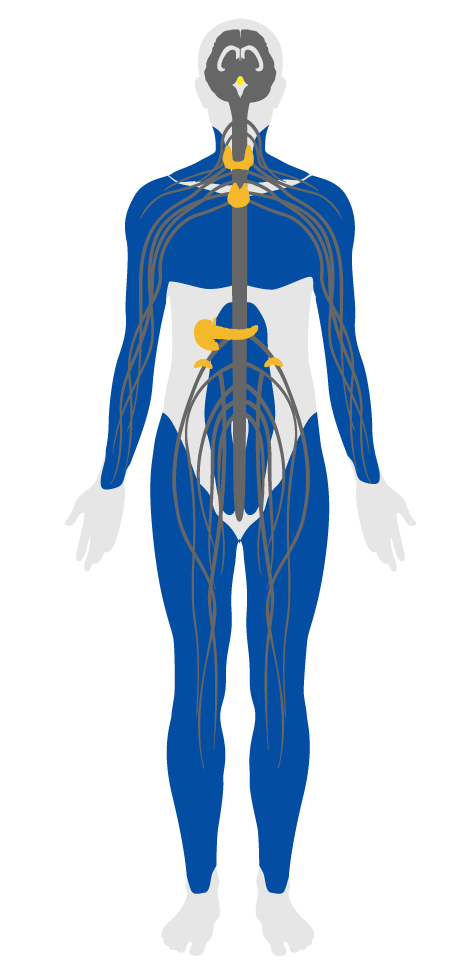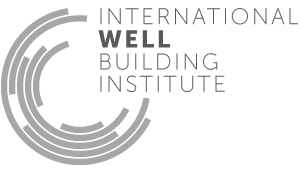Surface design
- 52 Mindful eating
- 53 Visual lighting design
- 54 Circadian lighting design
- 55 Electric light glare control
- 56 Solar glare control
- 57 Low-glare workstation design
- 58 Color quality
- 59 Surface design
- 60 Automated shading and dimming controls
- 61 Right to light
- 62 Daylight modeling
- 201 Food environment
- 202 Light at night
59. Surface design
Exposure to light is the primary means by which humans experience the non-visual effects of light, such as the regulation of the circadian cycle. Exposure can depend on the reflective quality of surfaces, which can affect the intensity of light received by the eyes.
This feature defines the reflective quality of surfaces to control the overall light intensity within a space. Higher Light Reflectance Values (LRV) reflect more light from the source resulting in maximum light intensity, an effect that promotes alertness and activity. Lower LRVs absorb light from the source and result in lower overall light intensity.
The following Light Reflectance Values (LRV) are met for bedrooms:
The following Light Reflectance Values are met for residential spaces other than bedrooms:
The following conditions are met:

Applicability Matrix
| Core & Shell | Tenant Improvement | New Construction | |
|---|---|---|---|
| Part 2: Bedroom Wall and Ceiling Lightness | - | - | - |
| Part 3: Living Space Wall and Ceiling Lightness | - | - | - |
| Part 3: Safe Nighttime Navigation Lighting | - | - | - |
| Commercial Kitchen | Schools | Multifamily Residential | Restaurant | Retail | |
|---|---|---|---|---|---|
| Part 2: Bedroom Wall and Ceiling Lightness | - | - | O | - | - |
| Part 3: Living Space Wall and Ceiling Lightness | - | - | O | - | - |
| Part 3: Safe Nighttime Navigation Lighting | - | - | O | - | - |
Verification Methods Matrix
| Letters of Assurance | Annotated Documents | On-Site Checks | |
|---|---|---|---|
|
PART 2 () Bedroom Wall and Ceiling Lightness |
Architect | ||
|
PART 3 () Living Space Wall and Ceiling Lightness |
Architect | ||
|
PART 3 () Safe Nighttime Navigation Lighting |
Auditor Inspection |
| 59.1.a |
The GSA's Facilities Standard for the Public Buildings Service Baseline requires an average LRV for ceilings of 80% or greater. |
| 59.1.b |
The GSA's Facilities Standard for the Public Buildings Service Tier 2 High Performance recommends an average LRV on walls of 70%. |
